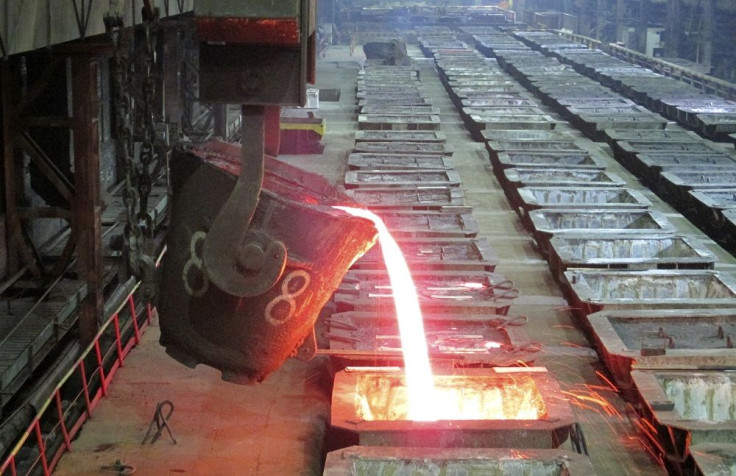Discovery Raises Question If Nickel Can Be Mined From Plants

Scientists at the University of Queensland in Brisbane have discovered new nickel hyperaccumulator plants in Borneo. The discovery is the latest from the phytomining project led by several Australian scientists who hope to harvest valuable metals from plants.
Dr Augustine Doronila, professor at the University of Melbourne, said that hyperaccumulator plants are significant. According to lead researcher Antony van der Ent, phytomining can mean new futures for the entire global mining.
He also believes that the introduction of nickel hyperaccumulators can be a game changer in the global mining industry. Obtaining essential metals from plants can soon trim down the number of high-strip mining facilities across the globe.
The newly discovered trees share the same characteristics with a plant discovered in the Philippines in 2014 as these are also capable of accumulating up to 18,000 parts per million (ppm) of nickel without being affected.
In October 2014, UQ scientists revealed that they were already conducting in-depth studies on the 25 species of hyperaccumulator plants discovered in Borneo. The trees found in the forests of Borneo contain up to three percent nickel. This is enough to develop vast nickel farms in the Tropics which will soon help in alleviating large-scale mining-related problems.
The research also says that hyperaccumulators thrive in soils rich in nickels, and even a mature tree could produce up to 11 pounds of the said metal. Among other base metals, nickel remains the most promising type for phytomining because most uncovered hyperaccumulators are for nickel, add to this that the base metal is among the most expensive in the world market.
Nickel in the global market
After an impressive rebound in the first quarter of 2015, nickel struggled with sustained low prices. The base metal’s prices remained weak despite predictions that it would soon recover come the feared supply deficit.
The nickel supply deficit is projected to take place in the second quarter of this year, 2015. Today, the base metal recorded its lowest price in six years as demand for stainless steel and record inventories weakens. Nickel closed down 3.1 percent at $12,880 a tonne on the London Metal Exchange, or LME.
Its price dropped to its lowest level in six years this week as the LME three-month nickel price declined by more than three percent at $390 to $12,540 per metric tonne. This dismal performance triggered analysts’ disbelief over a possible recovery similar to that of 2014. Nickel prices remain precarious amid the ongoing Indonesian ore ban that is supposed to augment global prices.
The ore ban, on the other hand, remains beneficial for small exploration firms focused on nickel. Amur Minerals Corporation (LSE:AMC), a Russian nickel explorations company, continues to receive industry attention for its Kun-Manie project that promises substantial amount of nickel production.
The company is still awaiting pre-production license from the government. Obtaining the license would make the company’s flagship project among the largest nickel projects in the world today. Amur Minerals Corporation’s share price rose by 14.94 percent on the last trading day.
Economists believe that nickel’s only hope lies in a sustained pick-up in Chinese industrial activity, which remains a bit blurry as of the moment. The Chinese factory sector remains precarious today, but there are reports that Beijing is mulling over setting up policies on economic growth enhancements.
To contact the writer, email: v.hernandez@ibtimes.com.au





















